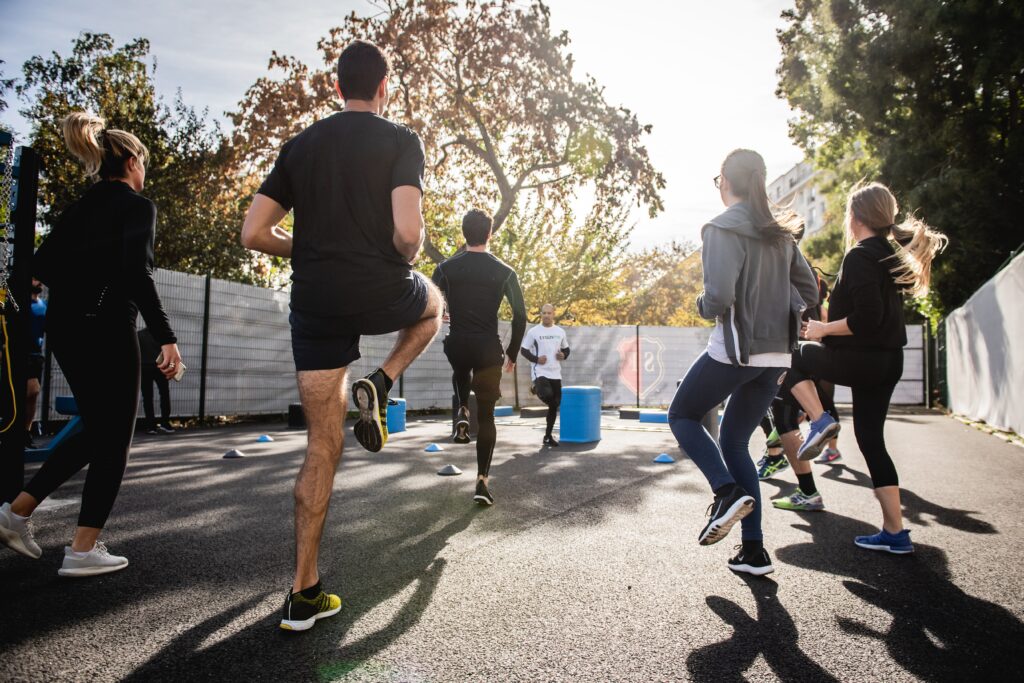Is Moving Meditation as Powerful as Sitting?
I’m often asked whether moving meditation is as powerful as sitting. People inquire whether it’s possible to achieve the same deep mind states, level of focus and concentration, powerful letting go energy, and revelatory insight in mindful movement as in more formal sitting practice.
It depends.
It depends on what you put into it: time, effort, attention, attitude, and willingness—all the things that make up any practice. And it depends on how much of that letting go energy (equanimity) you develop. Sometimes, even if you do all the right things, nothing you expect or want happens. That’s the thing about this practice. As soon as you try too hard to get somewhere, you are lost. Does that mean you won’t try?
Nope.
You will, just as I do. We all need to be reminded. Yes, you learn skills, but ultimately, those skills help you to be right here, as you are, accepting and noticing that. It is human nature to strive. We notice striving and make it part of the practice.
Long retreats often open with several days devoted solely to counting the breath. Some teachers suggest you cannot properly do body or thought-focused meditation without first developing deep focus and concentration. Under this theory, without first building those attention skills, your mind will simply jump from thing to thing, and the retreat would be a waste of time.
Stillness in the body does create an environment for stillness in the mind. The mind moves where the body goes. And it might be true that a still body creates a better atmosphere for the mind to settle. Plus, the historic Buddha found enlightenment sitting under the Bodhi tree, rather than dancing beneath it or running laps around it.
Does that make sitting better than movement meditation?
Not exactly.
They are simply different. It’s like comparing typing to writing by hand. You might have a preference, and different parts of the brain light up when you write by hand rather than type, but the result is the same: words on a page. You might even switch from one to another, the way a tennis player might also lift weights. But the final product is a book or an article or a poem (or a workout). I doubt the tai chi master or experienced yoga instructor would say their form is better than any other. That’s not the way Eastern philosophy works.
Beyond this question of which is more valuable, let’s consider a practical question: Which meditation practice will you actually do? If sitting practice does not appeal to you and movement does, voilà! It’s much better to do any practice at all than to choose a supposedly superior practice and not do it.
Don’t tangle yourself up over this. Consult a teacher, a mentor, or a book, and check yourself. See if you’re faking or half-assing meditation, while remembering that any meditation is better than none at all. Leave perfectionism at the door, or use it as your object of meditation! Just meditate, and don’t worry about whether you’re getting anywhere (unless you and your dog are six miles out and need to get back to your car). Just choose something. Be with that. And do your best to let go of any need to find the correct or perfect way.
Finally, why not both sit and move?
The path has many doors. Enter through any. Sit one day. Walk the next. Dance the next. The options are infinite. It may benefit you to focus on one posture (one movement form), but if that choice means you don’t meditate at all, mix it up. The best meditation is the one you do.
This excerpt is from Make Every Move a Meditation by Nita Sweeney which is available now through Amazon and Mango Media.

